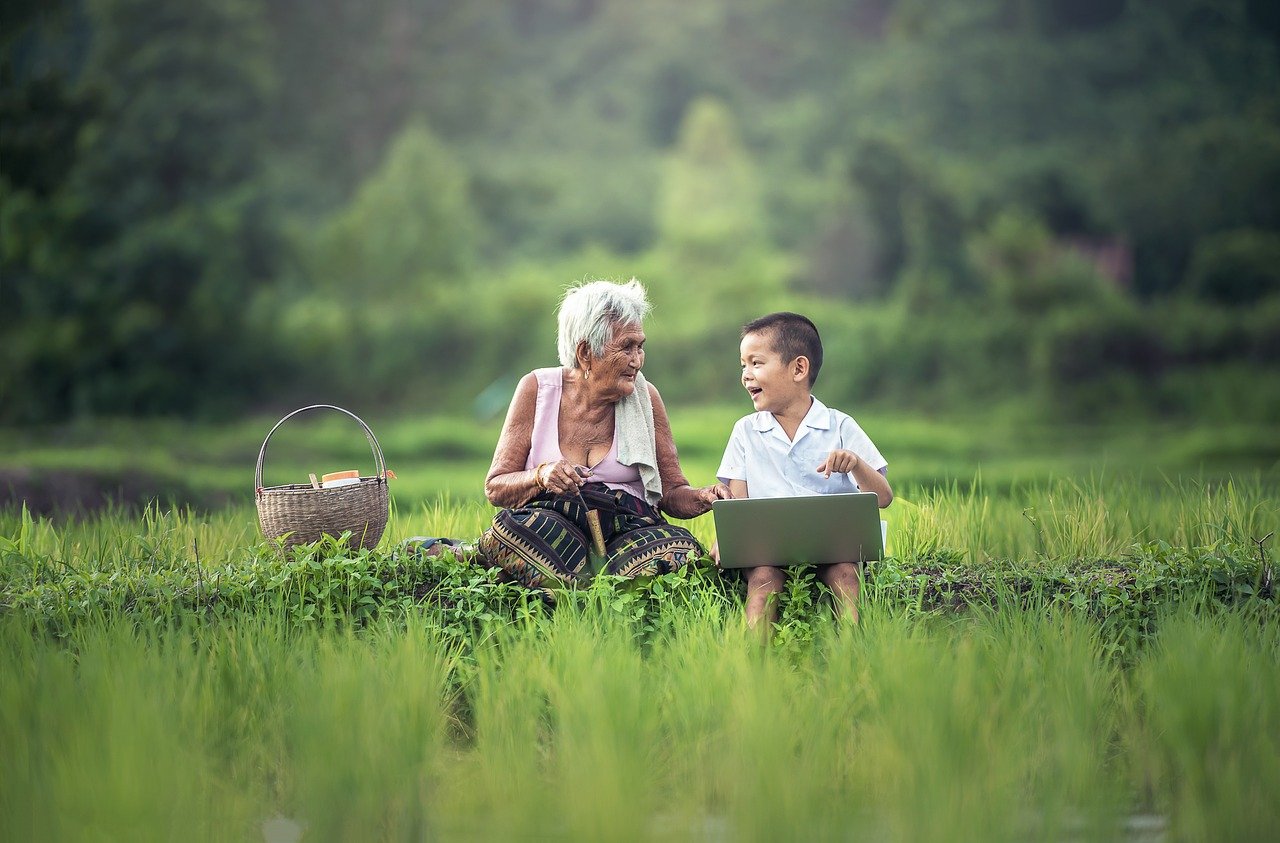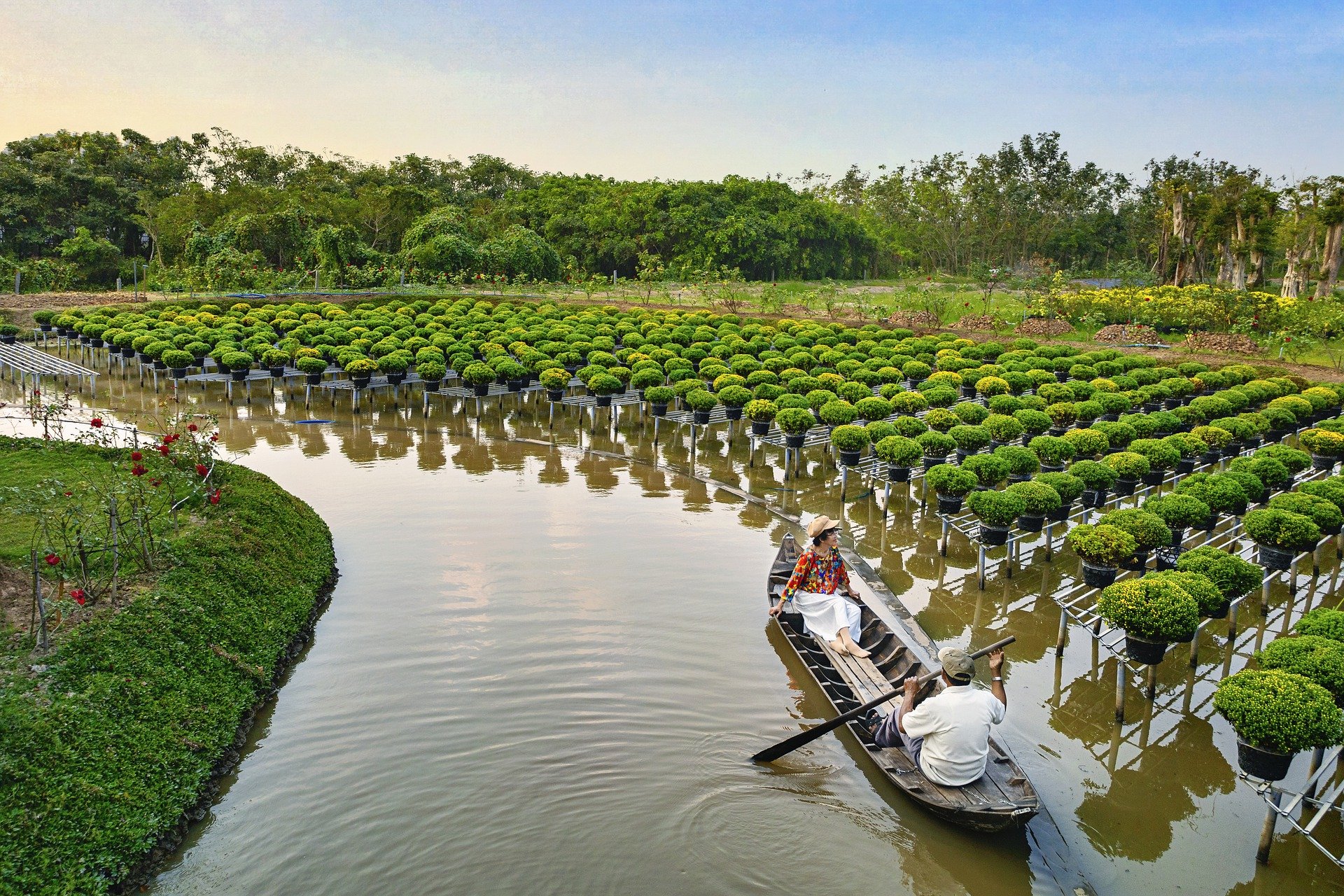The challenges to living on Earth are now two-fold, one is facing natural calamities which cannot be controlled or minimised, e.g., earthquakes, volcano eruptions and storms. The other is the impact of human activity on the natural world. Climate change is perceived as a negative natural event. We have to explore the adaptation processes and strategies to find a natural solution to deal with this change.
How are we adapting to the changing natural environment?
We, as humans, are evolutionarily designed creatures to survive using our innate capacities to co-live with the changing natural environment. This is called biophilia; our body reacts to environmental changes, and our genetic scripture adapts to include the changes in our behaviour.We are dominant agents of the natural world and we have the ability to adapt to rapid changes. The change is influenced by the neurological reactions in our brains which is referred to as ‘neuroplasticity’. Our innate abilities may not function well without our active efforts to react appropriately to adapt to the changing environment.
How is climate change helping to develop alternative living?
Nature co-exists with all living species, yet nature is declining at a much higher rate than living species. The age of industrialisation across the globe is putting extra pressure on the natural environment. The contradiction is that urbanisation and technological advancements are needed for advancing civilisation. At the same time, this is causing a crisis in natural resources due to misuse and excessive use, e.g., deforestation for economic benefits.Climate change affords the opportunity to explore an alternative living option. One such option is a return to indigenous habitation. Indigenous refers to the natural occurrences at a local place. Localised climate change offers the potential for indigenous adaptation and retreat. For example, changing farming methods to meet the challenges of unpredictable climate change, such as floating vegetable plots.
How can sustainable living be developed?
We are privileged to live on Earth. However, we must not take advantage of our fragile Earth and claim excessive resources for comfortable living, because Earth is at a breaking point. Building resilience and peaceful compromise with other living species can help to develop sustained living. Sustained adaptation can be achieved if we value the co-existence of other living species and nature.- Is it the right time to retreat to indigenous ways of living to learn and practice living with hostile nature?
- Can we replace our dominancy over nature and harmoniously co-exist with all living species to protect our shared environment?
- Can we respect and ensure equal rights for all living species, trees and water resources to thrive and grow at the natural speed without any harmful invasion towards destruction?
Our knowledge, understanding and awareness of ecology around us should be useful for scientific innovation on flexible and sustainable living conditions. The Earth is our living space and we should aim to develop natural adaptation and flexible living to accept the continuous changing natural environment around us.





Rate and Review
Rate this article
Review this article
Log into OpenLearn to leave reviews and join in the conversation.
Article reviews